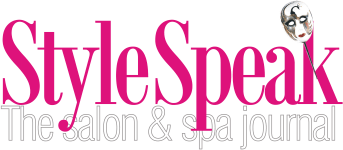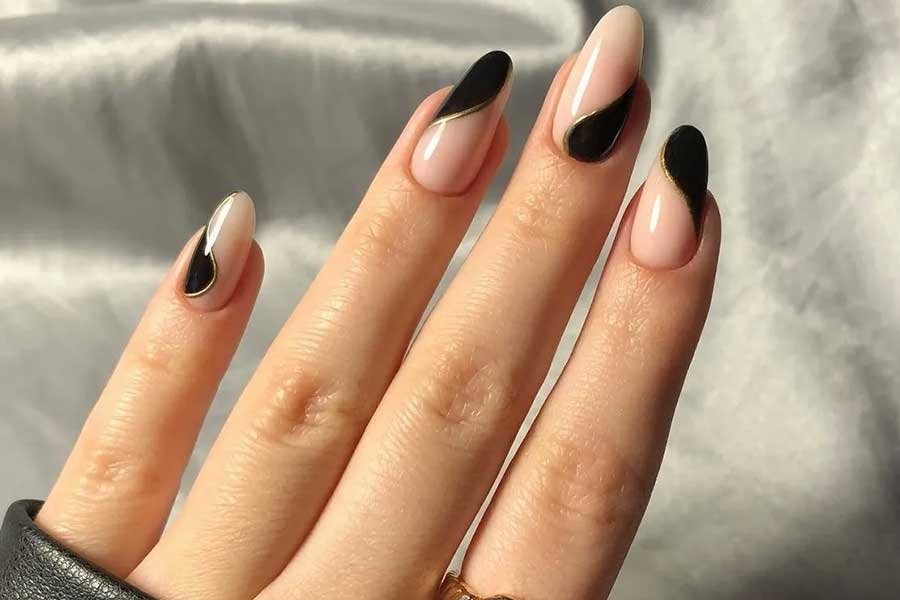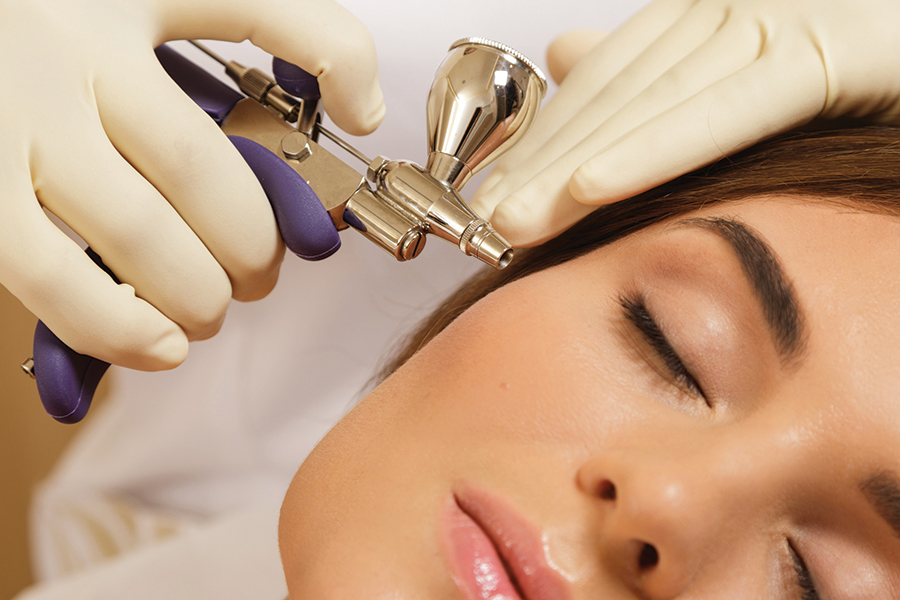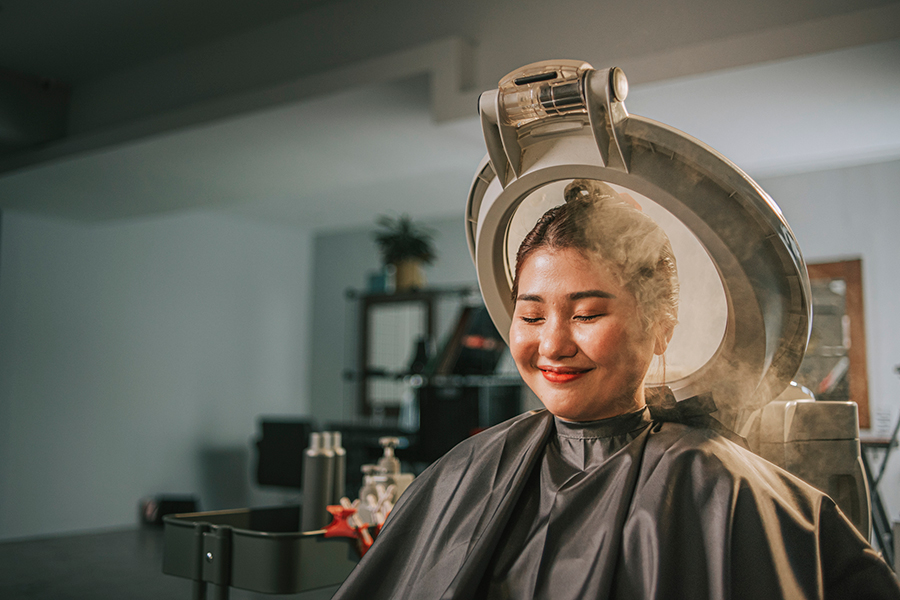The beautiful nails that they create daily are also a threat to a nail tech’s health
The atmosphere of a nail salon is very enticing, with the display of a myriad of nail enamels promising glamorous fingertips. However, for the nail techs – all this recedes into the background as they work to create the glamour
The artistry of working with acrylics and gels as the whirr of the nail grinder shapes the nail extensions has all her attention. The accompanying acrid smell and the nail debris is not even noticed by the technician who spends upwards of forty hours a week in that environment.
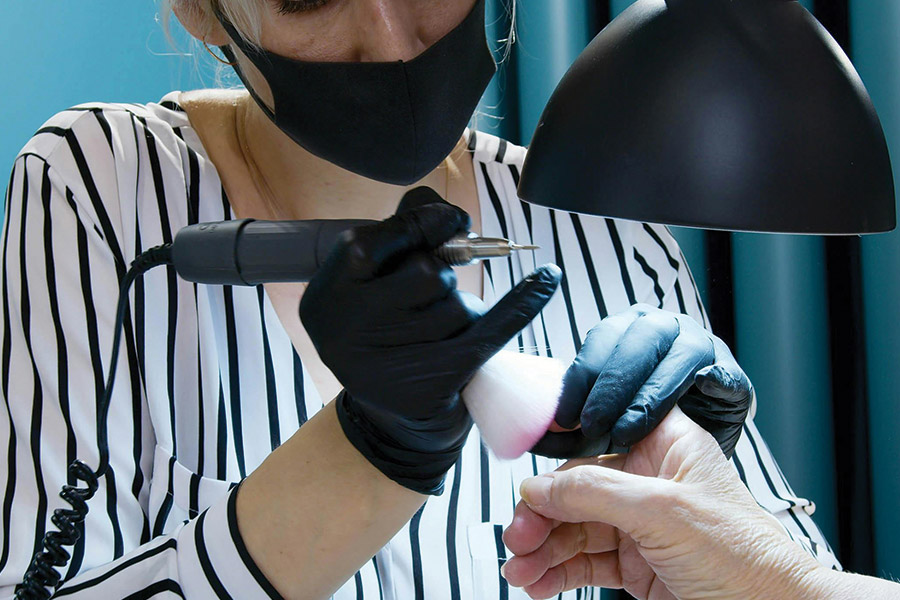
It is these chemicals in a nail salon, and, many times, the lack of safety measures, that can severely impact the health of technicians in the long-term. A study by the University of Colorado Boulder has found that nail technicians were at the same amount of risk for cancer as oil refinery workers or auto garage workers.
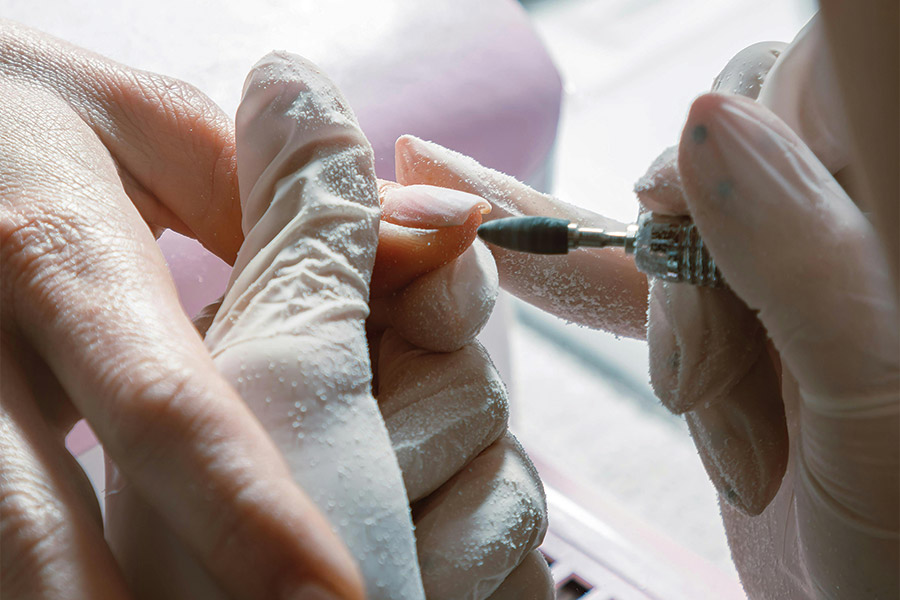
Working Hazards
There are three main categories of risks for a nail technician:
1.Exposure to chemicals and debris
Repeated exposure to many of the chemicals found in salons can severely affect the health of nail technicians. Fumes from acetone, formaldehyde, and toluene in nail polish and fingernail glue causes a host of issues, from dry and cracked skin to liver and kidney damage. Additionally, dust from acrylic nails can settle on the skin, causing issues such as irritation and allergic reactions. Inhaling this nail debris can also cause asthma and dermatitis.
2.Occupational hazards, such as muscle strains from awkward seating positions
Just like how office workers can experience muscle strains from prolonged computer work, nail technicians face significant risks due to working in stiff, still positions. Having back-to-back appointments for long hours without breaks in between can still worsen the effects. Insufficient lighting, sharp corners on tables, and inadequate chairs can exacerbate the problem, resulting in higher rates of muscle, ligament, joint, and tendon strains and injuries for nail technicians
3.Disease risks, such as from accidental blood contamination
Bloodborne pathogens, such as HIV, hepatitis B, hepatitis C, bacterial infections such as staphylococcus, and even the recent COVID-19 pathogen can survive on salon equipment for over a few days when not sterilized and cleaned properly.

Protecting Yourself and Protecting Others
Considering the risks faced by nail technicians, it is clearly the responsibility of nail salon owners and managers to equip salons with the necessary protective equipment. More importantly, safety protocol must be implemented across the salon to ensure the safety of nail techs. This can include:
1.Personal protective equipment
With most contact with clients happening through hands, disposable latex or nitrile gloves are imperative to reduce harm due to contact with dangerous chemicals, as well as to prevent bacterial and pathogen transmission from client to technician. Facial masks are also necessary to protect techs from inhaling chemicals as well as nail debris. Aprons, foot protection, and eye protection are also recommended for all nail techs. Recent regulations have caused some products to be labeled ‘three-free’ – free from toluene, formaldehyde, and dibutyl phthalate; ‘three-free’ products should replace a standard set of products as soon as possible.
2.Efficient ventilation
There are a few essential ways to ventilate a salon adequately, reducing risk from vapours and dust. Firstly, a central ventilatory system must be installed, keeping the dimensions of the salon in mind. Secondly, ventilated tables add a secondary layer of protection, removing dust and debris from the table. Lastly, all ventilatory systems must be maintained and cleaned regularly, regulating the effectiveness of these systems.
3.Sanitation practices
Hygiene is key, not only for the health of then nail technician but also of the client. All wooden equipment must be single-use, and all metal tools must be thoroughly sanitized between each use. Foot tubs and basins must be washed and sanitized between each client.
4.Effective management practices
A salon’s aim to maximise profits and efficiency must also safeguard and facilitate their employee’s health. Nail technicians cannot work non-stop like machines, and it is time to recognize that. Appointment management is key in ensuring enough time between each appointment to also allow technicians to work comfortably and safely without getting tired.
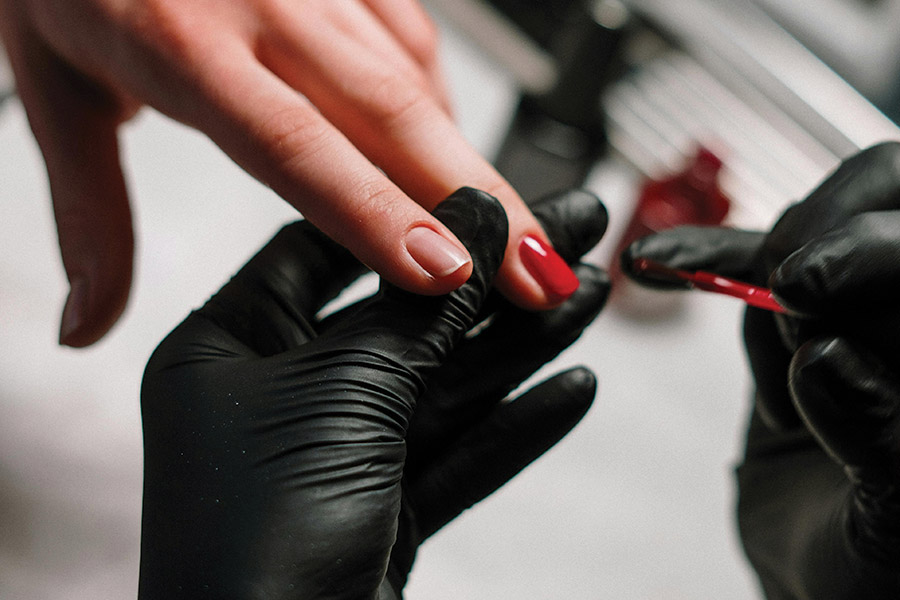
Implementing hygiene and safety systems in salons may seem tedious or expensive, but their long-term benefits are ten-fold. While healthier staff is one direct benefit, an indirect benefit is an increase in the reputation of a salon, leading to more client visits. For health, for safety, and for long-term benefits, prioritize safety in salons.
